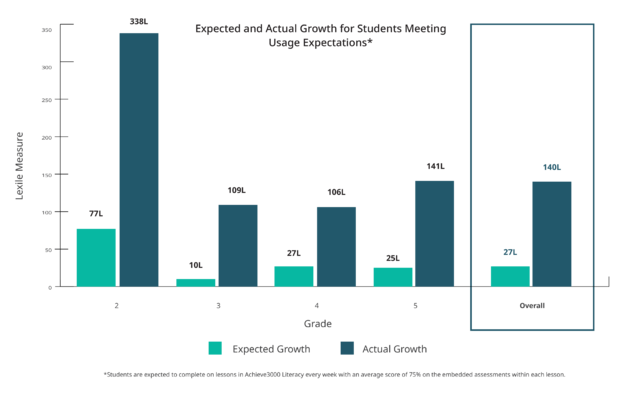By Adam Bowen, Principal of New Buffalo Elementary School in Michigan, one of 15 schools in the state to receive national Blue Ribbon recognition for their success in closing the achievement gap in 2020.
Originally published by the Michigan Elementary and Middle School Principals Association, repurposed here with minor modifications.
At the end of the 2016-2017 school year, 53% of our third-grade students performed at the proficient level on the M-STEP English language arts end-of-year administration exam. While this was almost 10 percentage points above the state average, we still wanted to do better.
What about the other 47%? What would happen to them once they got to high school? With all of the social pressure kids face in today’s schools, coupled with the increasing workforce demands of an information-driven economy, the stress of high school can become overwhelming, especially when students aren’t reading at the appropriate grade-level.
When we looked at the M-STEP data more closely we discovered that while our students performed well with reading fluency on local data assessments, they were struggling with reading comprehension.
Not sure where to start, we focused on a solution that would be good for our 1:1 school and ready for 2020, so we honed in on digital solutions. From there, our data focus shifted to placing more emphasis on student growth over student achievement, so it was important to find a solution that could help us measure and track growth.
I stumbled on the Lexile Framework? for reading while perusing reading and literacy programs on the internet. Achieve3000 Literacy is one of the only solutions I found that uses an instructional approach grounded in differentiated instruction, and the basis of that differentiation is founded in the Lexile Framework for Reading.
We decided to give Achieve3000 a try and we could not be happier with our decision.
The Lexile Framework for Reading is a system that measures a students’ reading level with the same scale used to measure the difficulty of students’ reading materials. While this seems like a great approach for narrowing the gap, we had no idea how using this approach would shift our school culture. We knew that this framework would provide every student with a personalized lesson plan featuring reading materials and lessons adapted to their specific strengths and pain points. However, how to implement and improve on such a strategy was not immediately apparent.
The Lexile level, or other quantitative measures, allow us to focus our instructional time and energy on growth, instead of solely on achievement levels. This is vital for protecting and building students’ confidence. When the Lexile measure is combined with a teaching tool like Achieve3000 Literacy, schools can do even more to focus teaching time on building the skills students need the most help with as they progress on their own educational path.
An unexpected issue arose when we began to think about how to engage kids in applying themselves to their reading activities. Because the lessons are tailored to every student’s reading level, it’s reasonable to expect that when they apply themselves, they will score 75% or better on the embedded assessments. Remember, students who struggle will have materials built to help them improve. Similarly, students who are already succeeding will be given more challenging tasks and readings, again to improve their skills.
For this reason, a 75% is our minimum expectation for engagement. Every student still has an individualized goal, but this minimum score could be applied to everyone easily, and we could also track it easily with reports and dashboards.

Next, we wanted to motivate students by offering a grand prize. And what could offer better motivation than a new bicycle at the end of the school year? We’ve had two local businesses contribute funds, Meijer and New Buffalo Savings Bank, to the purchase of four bicycles and helmets, this year and last year.
Every Monday, I look at our student data. Students with an average first try score of 75% or higher and a minimum of two activities completed in the week have the opportunity to be placed on a bulletin board and announced over the PA system. Students who complete five activities with 75% or higher accuracy receive a raffle ticket for an end-of-year drawing for the bikes.
It’s so much fun when we kick the whole thing off at the start of the year. We have teachers riding the bikes through the assembly room and the kids really get excited. We display the bikes in the hallway during the year, so students see them on their way in and out each day. Instead of reading being associated with grades and homework, they begin to associate reading with something fun, something joyful. In the end, that is what strong literacy will bring them in life, so we feel this is a great way to set them up to become lifelong learners.
Of course, most teachers enjoy making the school day enjoyable and rewarding for our students, but this is only part of the pay-off we are looking for. In the end, we have to reach our performance targets as well’that’s how we know our students are learning and growing at the rate they need to be in order to succeed in high school, and in life.
At the end of our first year of trying out Achieve3000 and the bike raffle, more than 75% of our students scored at the proficient level on the M-STEP in third grade. We were amazed to see that kind of growth in one year, thanks to the Lexile Framework for Reading. It is fantastic to see so many more of our students reading at the appropriate grade level and with the comprehension and fluency skills they need for high school.
We knew it was possible, we just didn’t know how quickly we could get there.